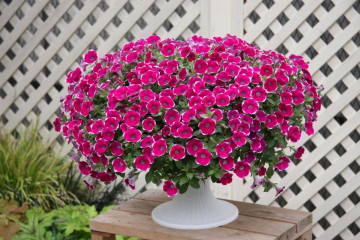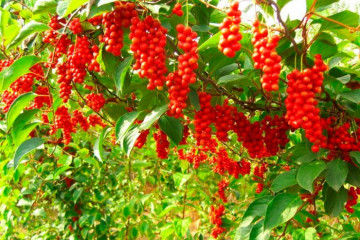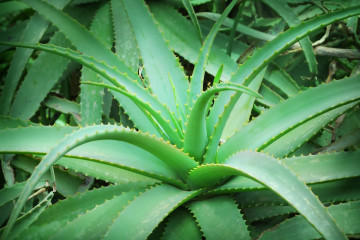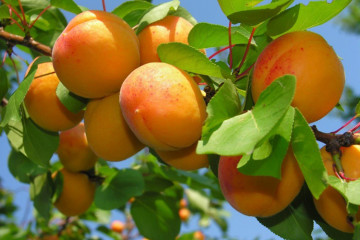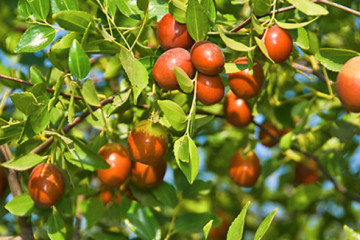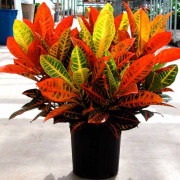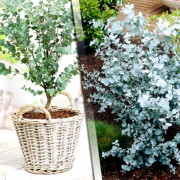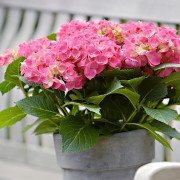How to plant a pear in the summer with a closed root system
Content:
The cultivation of pears is becoming commonplace, and the number of fans of this luxurious tree is growing rapidly every year. The fruits are used in cooking both fresh and processed. They make preparations from them: jam, jam, juice, sweet puree for babies. Also, the harvest is suitable for making homemade wine. Fruits are actively used in folk medicine, in pharmacology in the production of medicines.
Pear planting dates

Planting a pear tree
Before starting cultivation, you should learn how to properly plant a pear so that it quickly takes root and gives rich yields. Experienced gardeners plan the whole process in advance, dividing it into stages, taking into account all the nuances. Familiarization with all the rules of the procedure, as well as full preparation for it, are factors that will help to avoid many problems that arise during the growth and development of a tree.
It is necessary to decide when to plant a pear based on the climatic conditions of the region. It is recommended that the northern regions carry out planting work at the beginning of the season, otherwise the harsh cold winters will not allow the seedling to take root, the young plant is threatened with freezing.
In the southern zones, frosts disappear faster in spring, heat sets in, so the seedling will not have time to take root due to the lack of the required amount of moisture, therefore, an autumn planting of pears is advised.
When choosing a variety, it is also important to consider some rules:
- In the spring, the transfer of a tree to open ground should be carried out before the start of sap flow.
- Seedlings planted at the beginning of the season in Siberia need systematic abundant watering.
- Autumn planting is carried out after the beginning of leaf fall, but 2 weeks before the onset of frost.
In the middle lane, the climate is mild, therefore, when it is better to plant a pear it is up to you to decide.

Favorable period for planting work
Place for planting pears
When choosing a place for growing pears, you need to take into account all the requirements of the fruit tree:
- only open, well-lit areas are suitable;
- on the north side, the plant should be protected from strong frosty winds by a fence or wall of the house;
- select a flat area for planting so that in winter the pear does not experience a deficit in snow;
- groundwater should be located at least 2-2.5 meters from the earth's surface;
- the plant will subsequently die of rotting and fungal diseases if rainwater accumulates in large quantities on the site.
It is better to plant 2-3 fruit trees of different varieties with the same flowering period nearby to increase the percentage of pollinated inflorescences and obtain a rich, high-quality harvest.
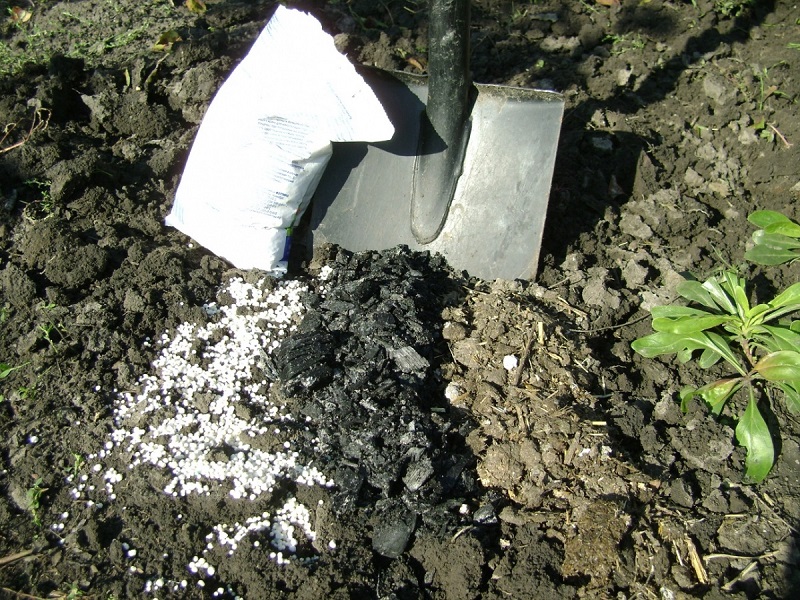
Landing place
Soil requirements for planting pears
The pear will fully grow, develop, provide a decent harvest only if there is fertile soil. The soil must meet the basic standards:
- Chernozem, sandy loam, loamy and gray forest soils - all of them are well suited for pear cultivation. Dense clay soil is best avoided.
- The acidity index is neutral. The pear will not grow on acidic soil. If there is no suitable soil composition on the site, you can add 2 tbsp during digging. dolomite flour per 1 square meter. This will help neutralize the acid.
- The main indicator of the soil is fertility, but not every gardener can boast of it. Poor soil should be saturated with nutrients by introducing 5-6 kg of humus and 500 g of wood ash for each 1 m² during digging.
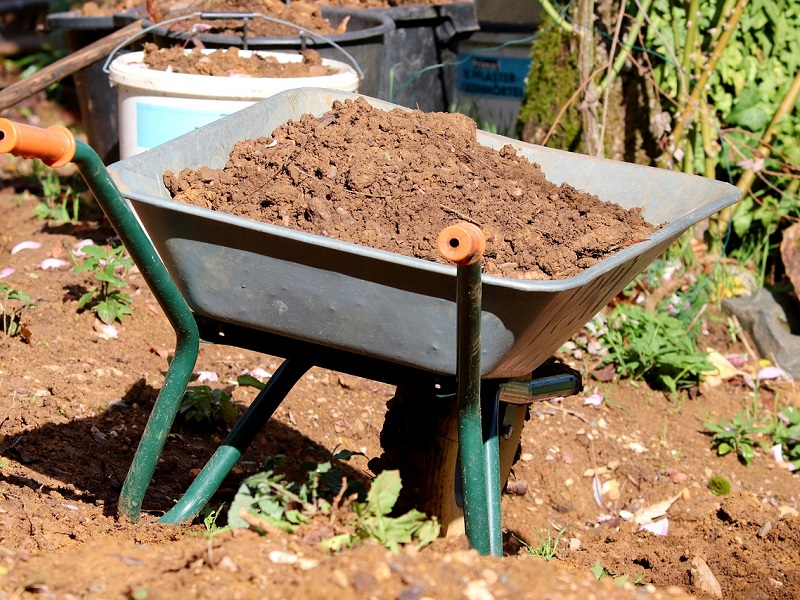
Soil composition
How to choose a seedling
One-year and two-year-old pear seedlings can be found in the nursery. It can be difficult to determine which one to buy, but there are some points:
- Plants from two years old have a powerful and overgrown root system. Before getting on the counter, they are pre-dug out, damaging the root. It is almost impossible to determine whether the injury is significant and whether the culture will be able to take root in the new soil.
- Annual seedlings have a weak and small root system, so they are easily removed from the soil without injury. In addition, such a plant will quickly take root and will develop intensively.
In addition to age, when purchasing planting material, you need to pay attention to its appearance:
- seedlings with a closed bark system (zs) are difficult to check for symptoms of the disease, so it is better to refuse pears in containers;
- the bark should be smooth without swelling, sagging;
- open and examine the roots, they should be moist, dryness indicates their weakness;
- when pinching off a small piece of root, a light shade should appear - this is a sign of vitality.
When choosing, it is important to carefully study the varieties of pears that get along well in the zone of the climatic zone, where their planting will be reproduced. Also, it is not worthwhile, encroaching on large, tasty and juicy fruits, thoughtlessly to acquire southern varieties. They will not be able to survive the winter even in the central part of Russia.
In cold regions, varieties will successfully take root:
- Michurinskaya beauty;
- Memory of Yakovlev;
- Gift for the 100th anniversary;
- Severyanka.
Bryansk beauty, Vidnaya, Leningradskaya are suitable for planting in zones of the middle lane.

Pear seedlings
Planting pit preparation: optimal dimensions
A planting pit for a pear should be on average up to 70 cm deep, 1 m in diameter. The size of the hole may vary depending on the root system, which should take 1/3.
Algorithm of the landing procedure
The step-by-step standard pear planting technology consists of the following steps:
- Prepare a pit for planting, pour in a bucket of water.
- To form the correct beautiful crown, drive in a peg 90-110 cm high 10-15 cm from the center.
- At the bottom, form a mound from a mixture containing the top layer of garden soil, humus, superphosphate, potassium fertilizer.
- Place the seedling from the container into the hole, spread the roots evenly.In this case, the root collar should be 3 cm above the surface of the earth.
- Fill the hole with soil substrate, carefully so that there is no void between the roots.
- Pour 30-40 liters of water under the planted tree.
- Tie the seedling to a peg and mulch the near-stem circle with a layer of 2 cm of peat or humus.
Even when buying, you should pay attention to which cardinal points the seedling is located. When planting, take this fact into account and, if possible, set it in the same way as in a nursery.
Even if it was not possible to find out this information in advance, there is a small secret of self-determination. It is visually easy to recognize the past location of the sprout: on the south side, the bark is darker, and on the north, it has a lighter shade.

Pear planting rules
Features of landing at different times
Regardless of the time of year, the step-by-step guidance continues to operate, but for each term there are nuances that should not be neglected.
In the spring
Spring planting has undeniable benefits and is suitable for areas with severe frosty climates. Features of the procedure:
- start preparing for planting in the fall: dig up the soil, prepare and fertilize the planting pit;
- spring procedures should be started no earlier than May, as the April heat can suddenly be replaced by a cold snap;
- planting work should be carried out before the onset of the growing season.
The only disadvantage of planting in spring is the double load on the plant. The seedling needs not only to take root and take root in the soil, but also to start a new growing season.
In summer
Many gardeners advise against carrying out the procedure in hot and sultry weather. But, knowing how to properly plant a pear in the summer, you can avoid many mistakes and grow a healthy tree.
Not everyone has time to carry out the process at the appointed time in the spring, so they use the opportunity to plant a pear seedling in the summer season. In this case, it is important to adhere to certain rules:
- before planting a pear with a closed root system in summer, you need to place it together with a container in water in order to safely pull out the seedling;
- get rid of the earthen coma, rinse thoroughly, straighten the roots from weaves and then send them to a prepared pit;
- after planting, for the first 2-3 weeks, provide the tree with shade using a special net to protect it from direct sunlight.
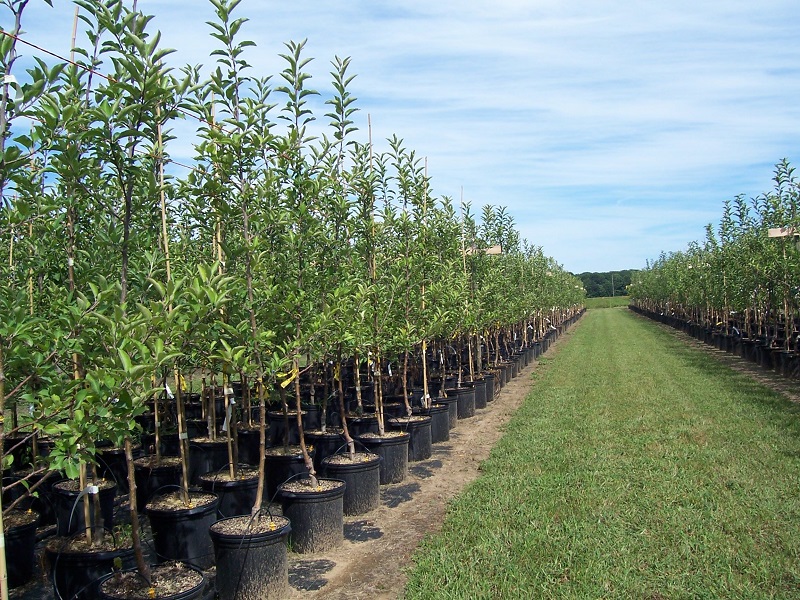
Closed root seedlings
In autumn
In order to have time to carry out all the measures to prepare for the winter and provide the seedling with enough time for rooting, it is required to carry out the procedure 2 weeks before the onset of cold weather. It is better to determine the beginning of frost depending on the region.
Approximate terms:
| Territory | Optimal planting time |
| Moscow suburbs | end of September |
| Ural, Siberia | early September-October |
| Leningrad region | end of September - mid-October |
The lack of planting pears in the fall is only in the impossibility of determining as accurately as possible the optimal timing of planting, shelter for the winter and protection from rodents due to the unknown onset of a cold snap.
Young tree care
After correctly planting, it is equally important to properly care for a young plant in order to accelerate rooting, intensify its growth, and also increase the future harvest.
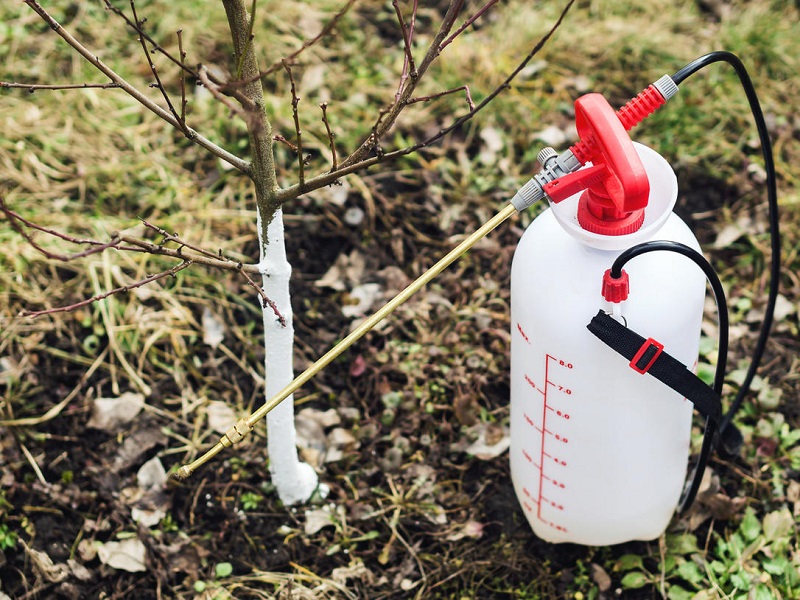
Young tree care
Weeding and loosening the soil
An important maintenance procedure is loosening, which helps to prevent the appearance of weeds, improve the flow of moisture and air to the roots. Loosen the soil after each watering. Closer to the trunk, reduce the loosening depth so as not to damage the roots.
Weeding will help to remove weeds, which must be carried out constantly at regular intervals.
Watering
For the first 10 days, you must stop watering.Then, as needed, add 2 buckets of water under each tree.
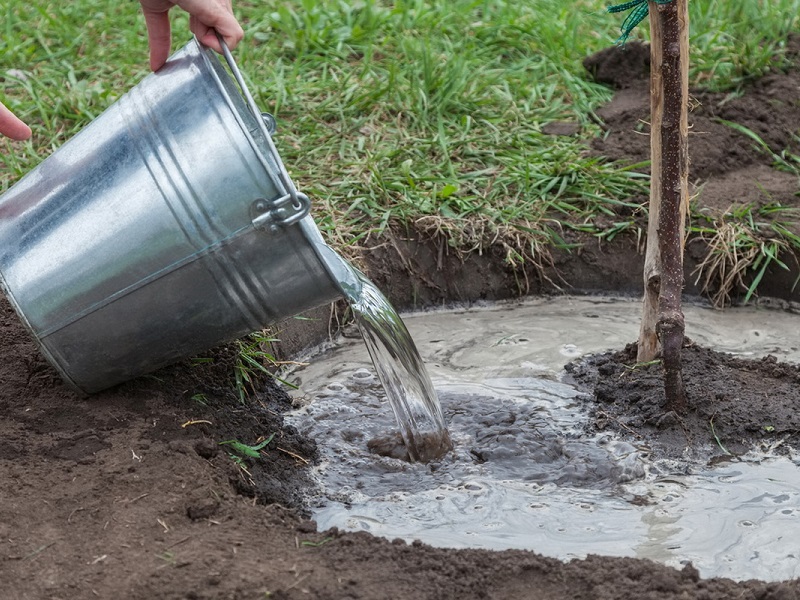
How to water a pear
Top dressing
The first season, the pear does not need nutrition, it has enough substances introduced during planting. For the next year, the following top dressing should be carried out:
- in early spring, add nitrogen compounds, rotted mullein, bird droppings;
- add additional wood ash before flowering and forming fruits;
- in the fall, in preparation for winter, add a full mineral complex.
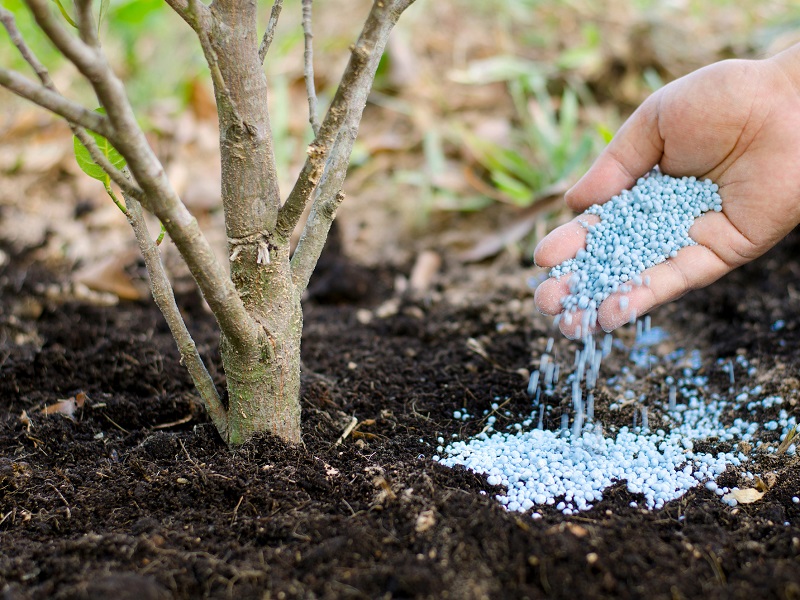
Seasonal fertilizers
Common mistakes when planting pears
Growing a pear in a garden is not difficult if you know the common mistakes when planting and do not repeat them in your practice:
- The desire to plant an older tree in order to get the harvest faster. With age, it is more difficult for a seedling to adapt to new conditions, it will not be possible to save time - it will go to adaptation.
- Preparing the pit before planting. In this case, soil sediment is observed, and subsequently rotting of the root collar.
- Overfeeding of seedlings and the introduction of substandard substances. When fertilizing the soil, it is important to follow all dosage recommendations and use only proven agents, otherwise you can harm the plant.
- Excessive mulching. If the mulch comes close to the trunk, irreversible processes may occur in the bark, which will lead to developmental disruption.
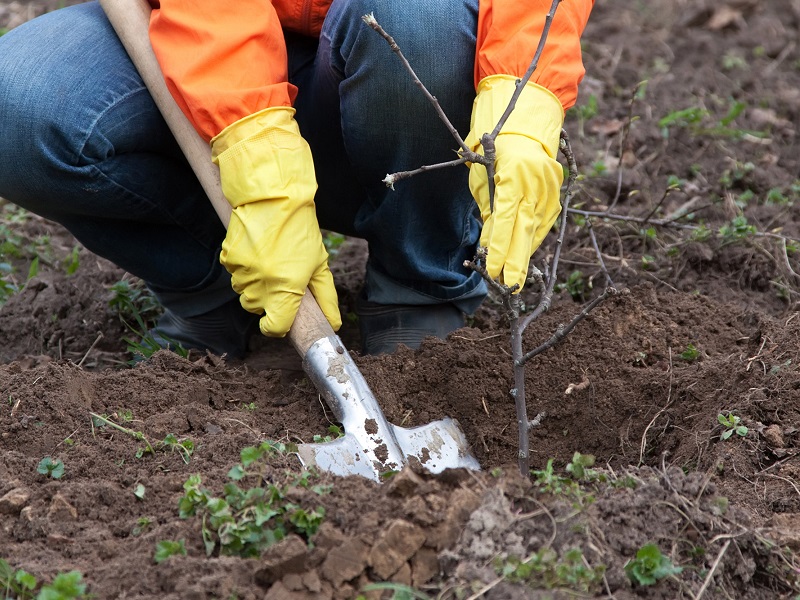
Mistakes when planting a crop
Planting and growing a pear in your garden is within the power of every gardener. The main thing is to take into account all the recommendations for preparing for the process, carry out it in accordance with the given instructions and provide competent care.
